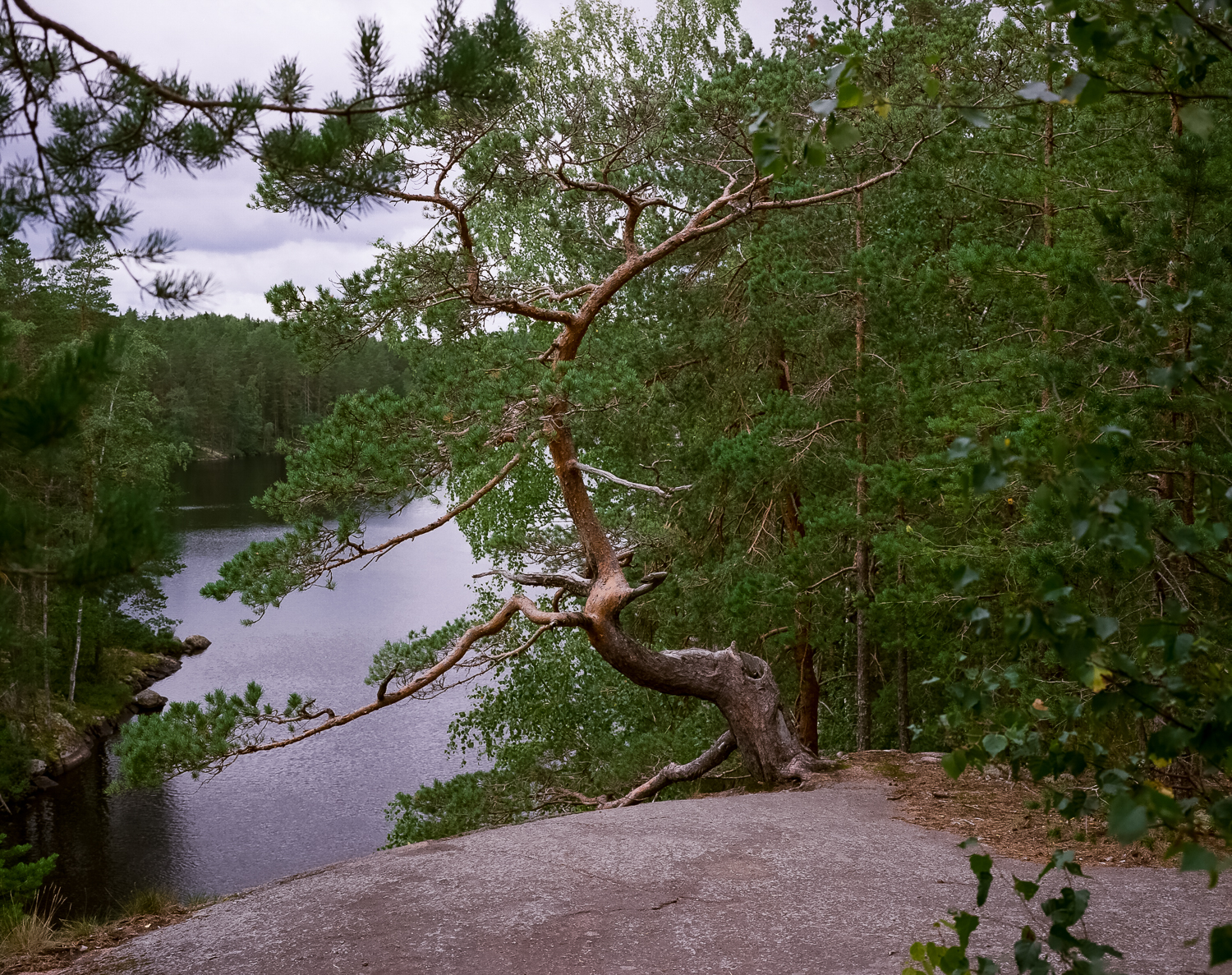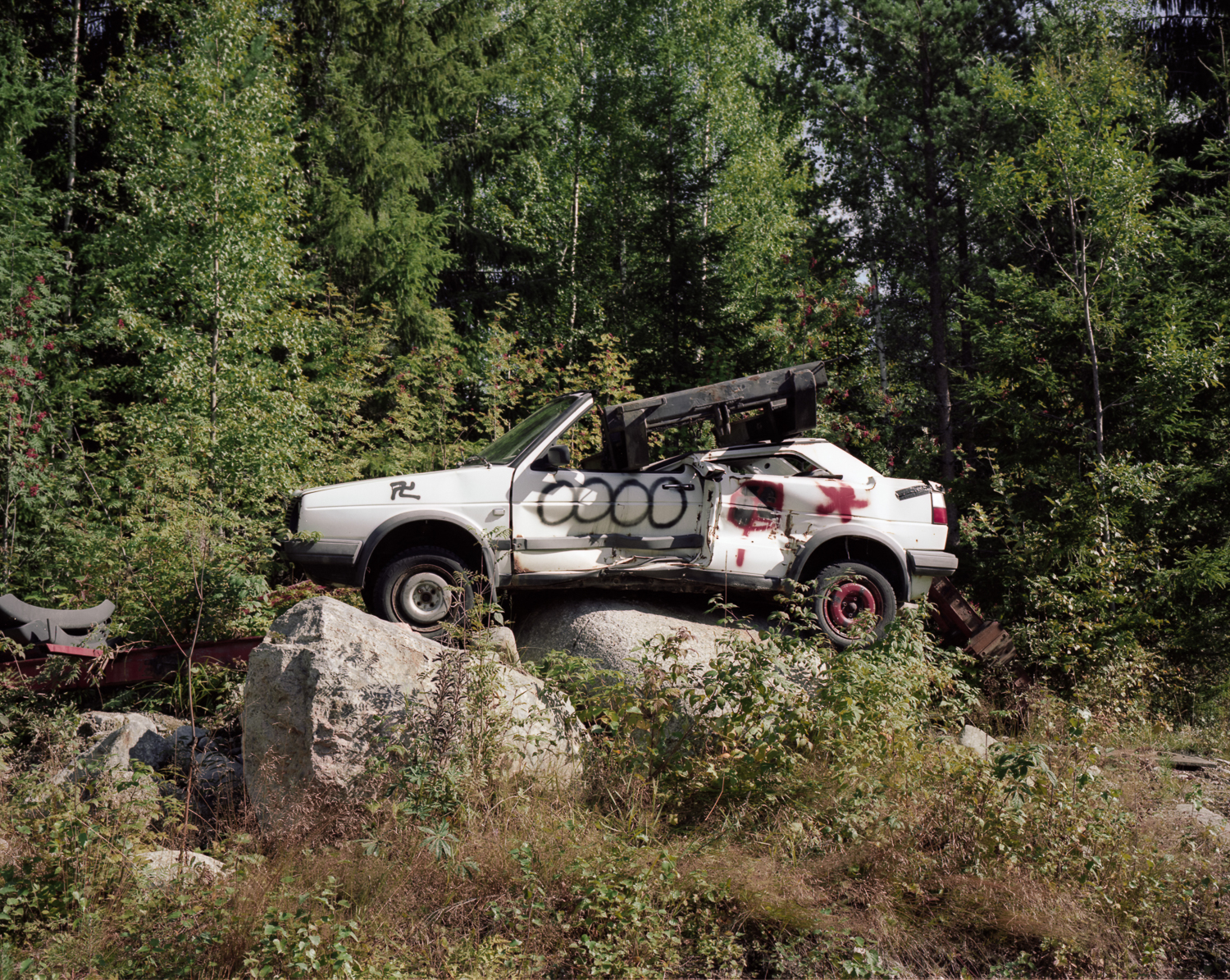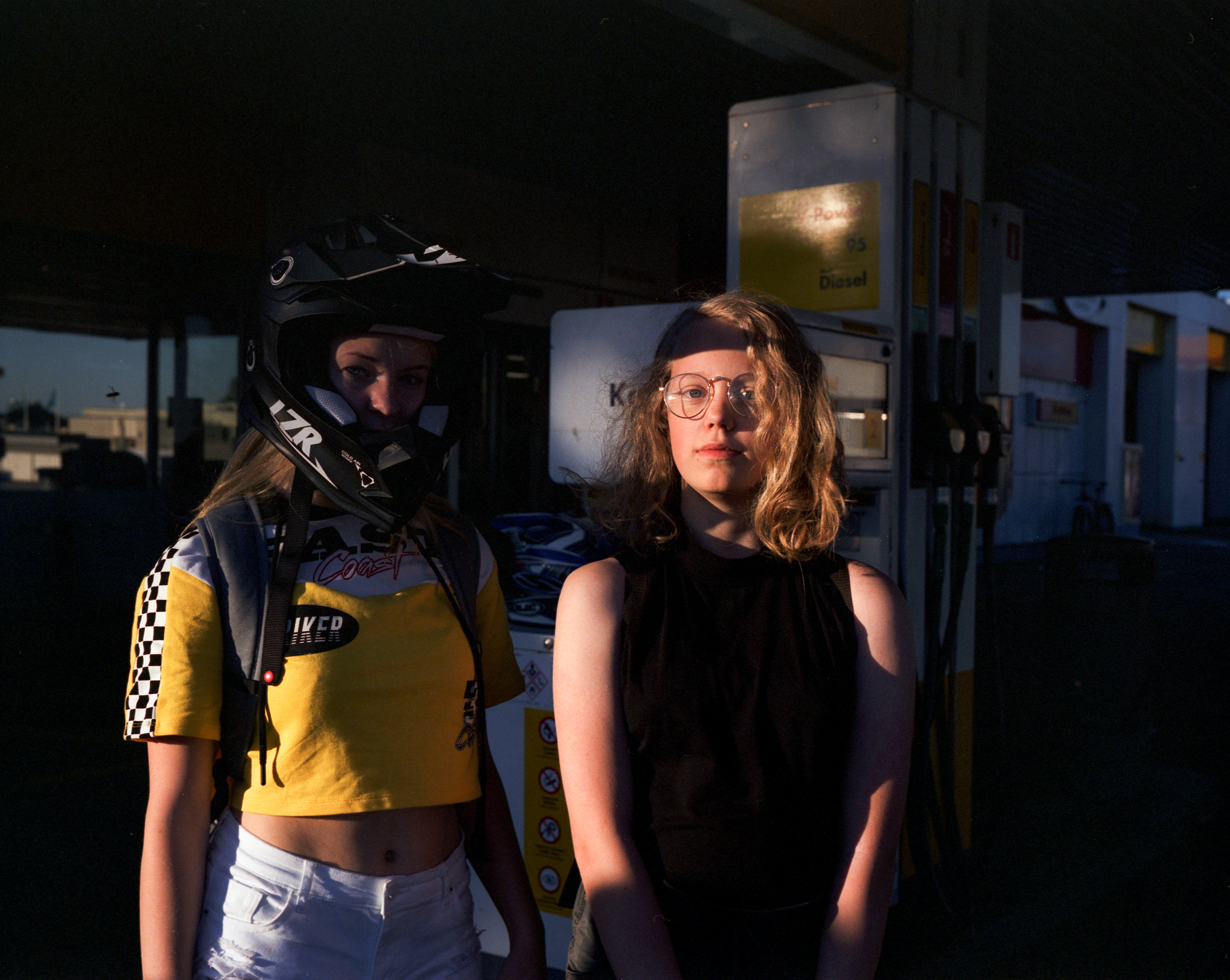We Sat Together Beside the Dancefloor
Summer 2015-2018
Finland
Summer 2015-2018
Finland






























Finland, a culture somewhat known for isolation, couple dancing is not the first thing that comes to mind when thinking of this particular nordic nation, sauna rituals and the happiest country in the world; these are the promoted images of Finns. The images of Finland one has grown accustomed to include the Moomins’ surreal world of forest creatures and inner dreams, the land of lakes, stylishly simple design and architecture (think Alvar Aalto, Iittala and Marimekko).
I grew up with the films of Aki Kaurismaki where a mood of silent companionship and the rock n roll of Leningrad Cowboys & Topi Sorsakoski & Agents, helps to bind the slow-paced stories of humanities simple yet heroic dreams. The same soundtrack I heard on my grandparents radio growing up in the 1980s when I would visit their small village in the east of Finland. Finnish-language covers of jazz standards, country and rock n roll songs were common. In his 1990 movie The Match Factory Girl we are introduced to the normality of solitude in the Finnish dance pavilion, which Kaurismaki attributes to his own experience:
“For me, music serves somewhat the same purpose as at public dances, where people are too shy to utter a word but the music makes up for the conversation. The muteness of my characters may seem exotic to people abroad…But there is also a personal reason behind it: when, as a young man, I tried to approach someone at a public dance, the reply was curt and I was left alone with the music.”
In 2015 I travelled around Finland visiting a number of dance pavilions. At first I was attracted to the buildings themselves, the practicality of the circular dancefloor, the locations mostly on the outskirts of towns and cities, meaning in some places camping was the only sleeping option. The tradition of men asking women to dance made me uncomfortable, I’m not a dancer, in fact I found the whole act of couple dancing uncomfortable, the physical contact with a stranger, the intimate gaze into each others eyes. Traditionally these were places where couples met for the first time, marriages formed here, families grew out of dancing. In the early days when dancing was still somewhat frowned upon by the older generation of Lutherans, the structures themselves were temporary, constructed for the purpose and use of one summer only. In part my reason for visiting these dances was because of their location, I have always been drawn to in-between places, wastelands and industrial estates on the edge of town, I like the energy; in stasis, of something waiting to happen. Because I would spend a little time exploring the area in the day, my visits to dances often fell in the earlier part of the evening before most people had arrived, I enjoyed the silent awkwardness of those moments waiting for others, having a coffee, talking to the few individuals who occupied seats close to the dancefloor, or in the extreme periphery close to the exits. Some were there like me, to watch and take in the atmosphere, but most were there to dance.
Dance pavilions open their doors to the local community coming out of hibernation from the long nordic winter at the end of May, and dances are held weekly into the beginning of August. Musicians travel the length of the country touring venues and performing for dancers whose moves range from Humppa (two-step) to Polka, Waltz to Foxtrot, to the famous Finnish Tango. For me, it was the solitude of the dance that I was drawn to, as Kaurismaki describes in his experience, being left alone in the busy room with only the music for company, this was enough for many of the people I met.
Funded by Arts Council England